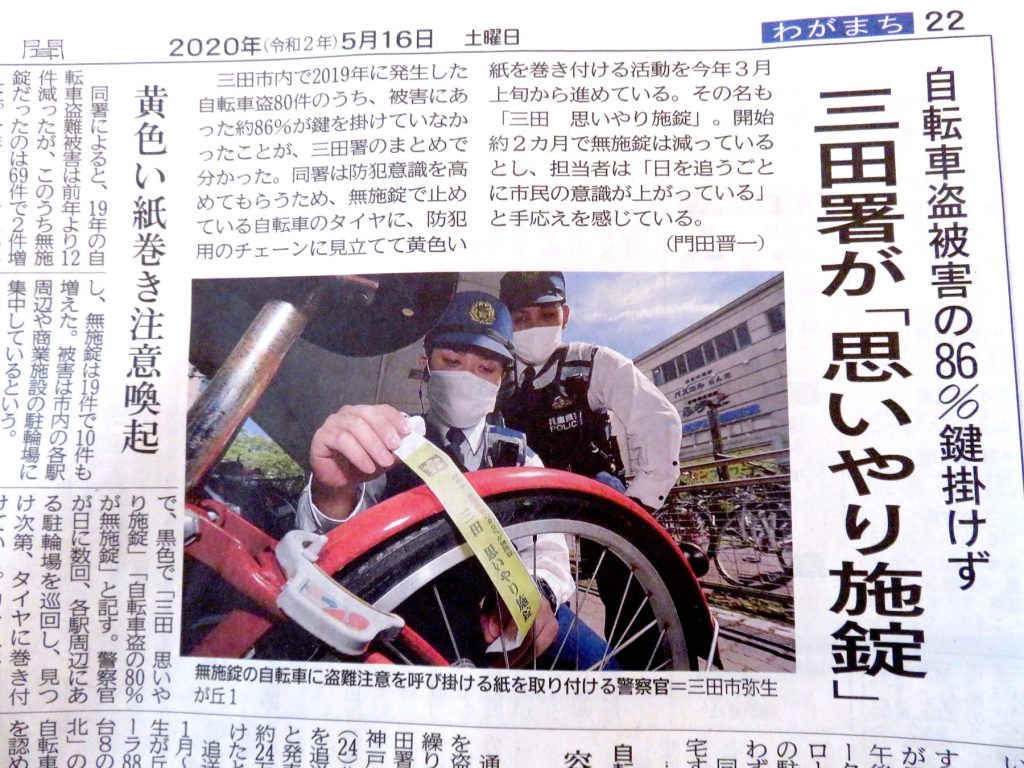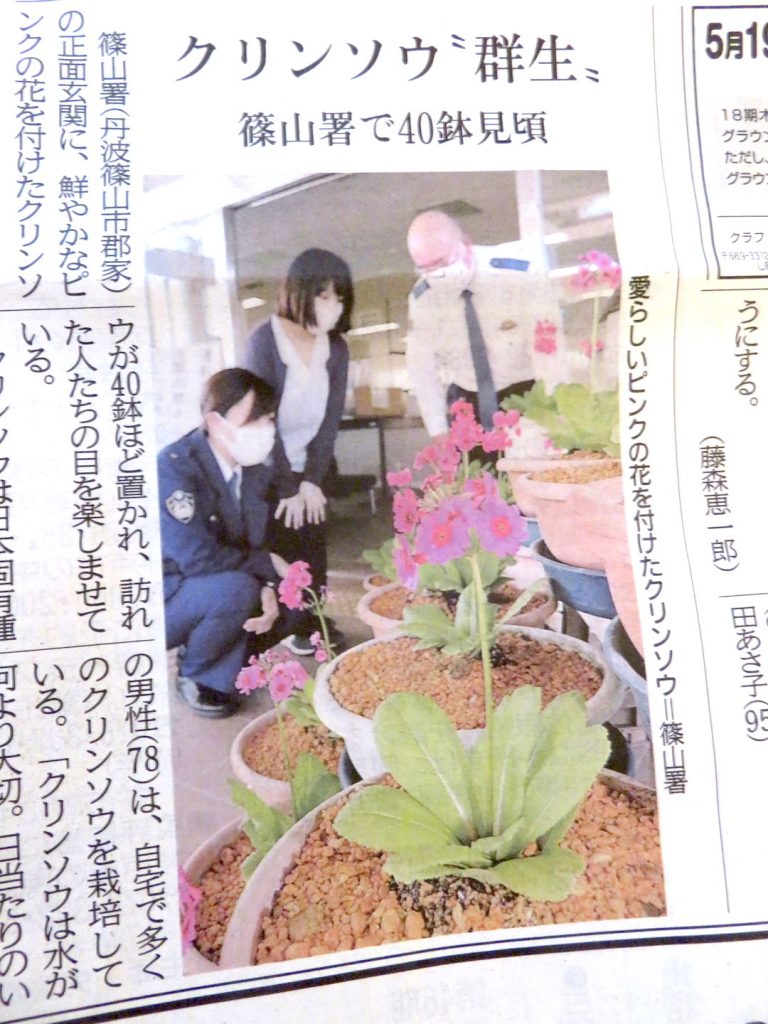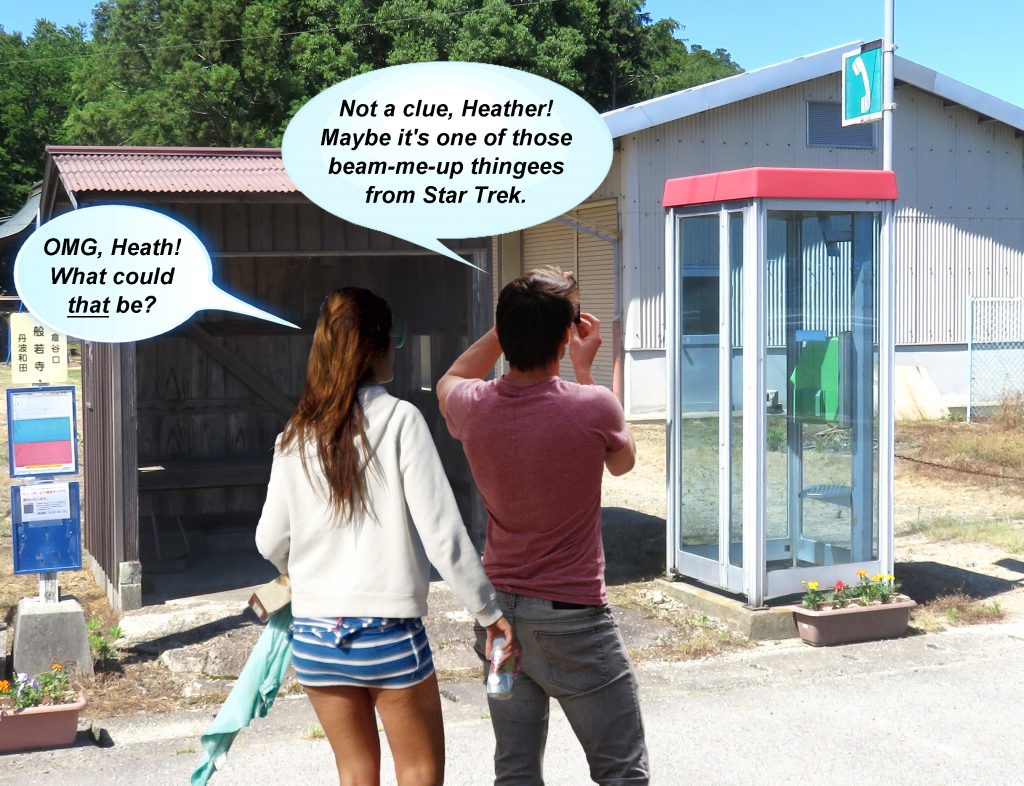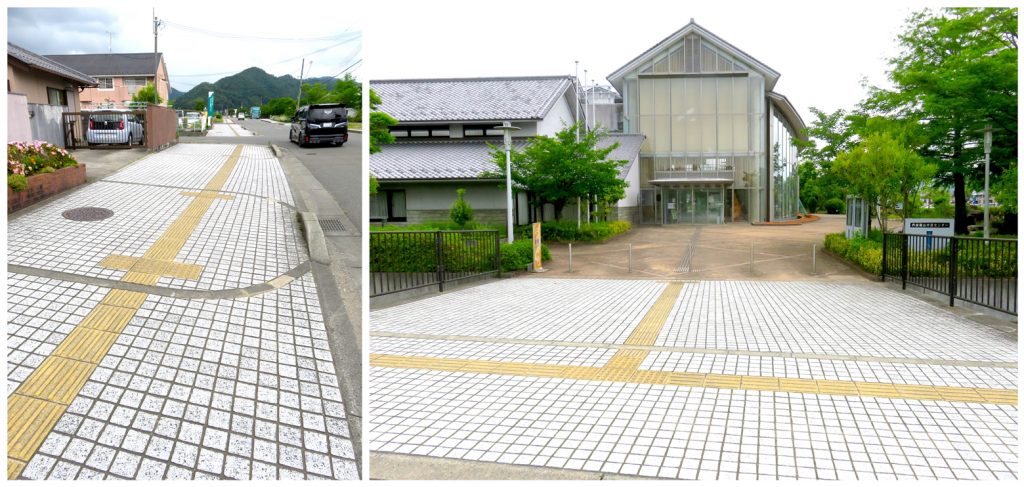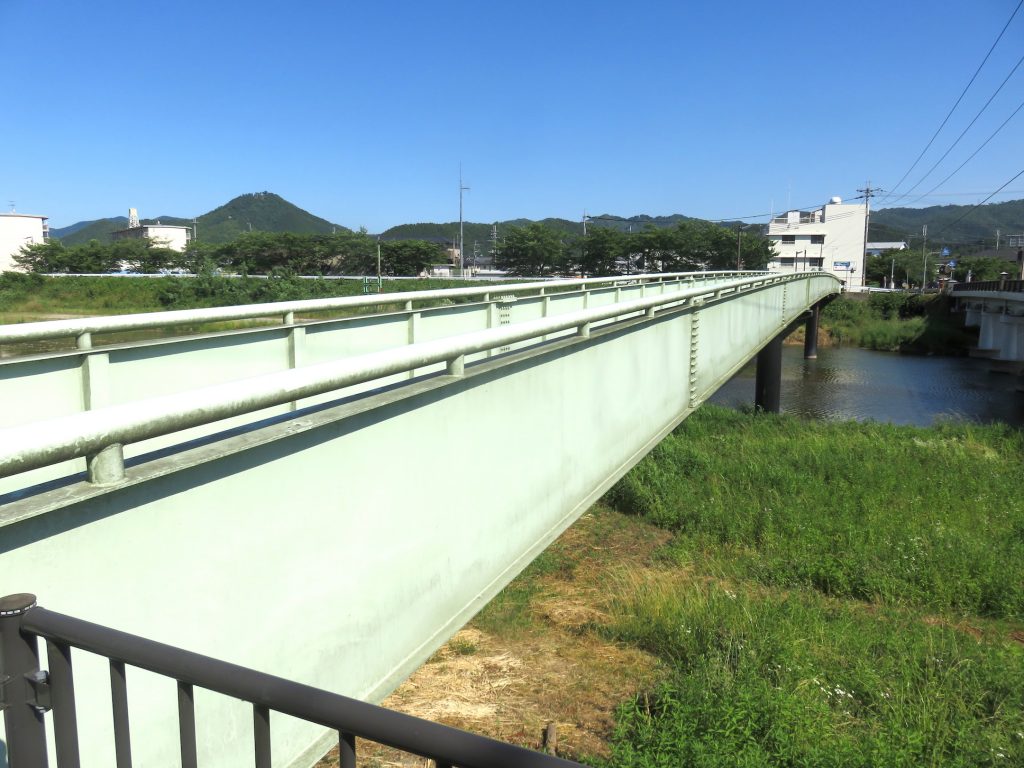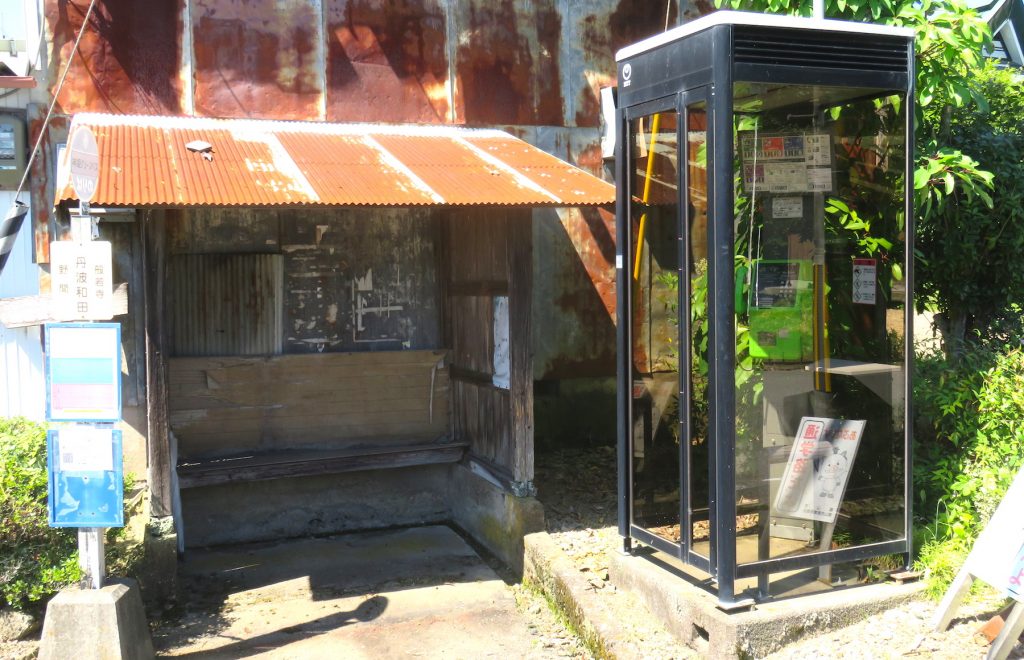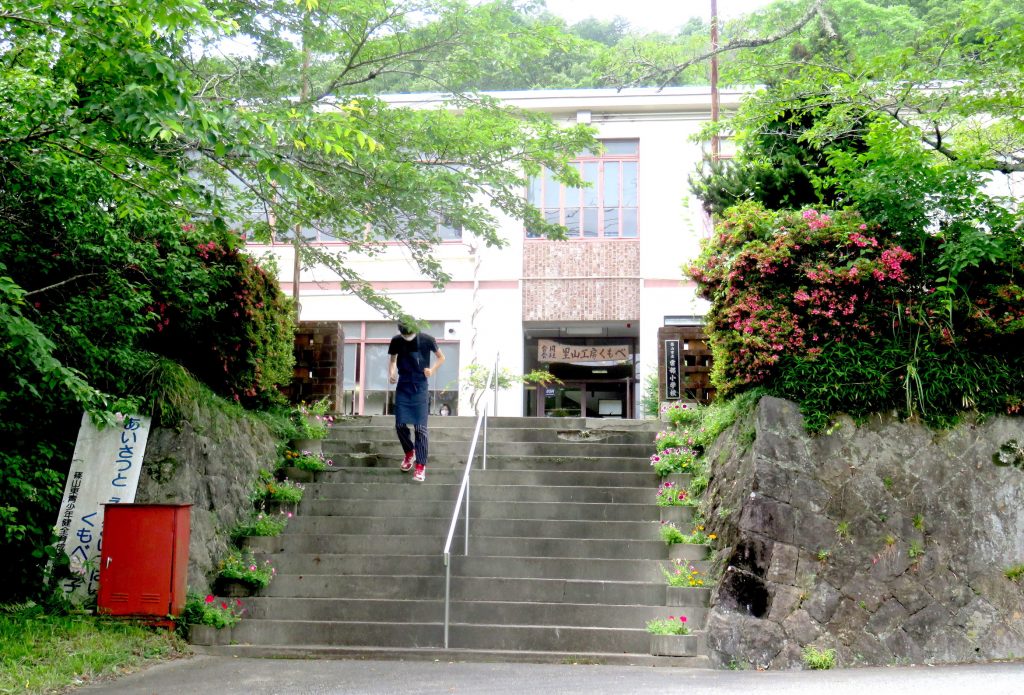
As an American, when I hear a reference to ‘school lunch’ I think of school lunch programs back in my homeland. School lunch programs are designed to help the poor. Believe it or not, every night more than 13 million children go to bed hungry in what putatively the richest country in the world — the richest nation in history! The euphemism is these kids are “food insecure”. That’s a polite way of saying neglected, victims of grotesque wealth inequality, and systemic racism. School lunch, school breakfast, and after school meals, are an attempt via various government programs at keeping these children alive and minimally healthy.
Here ‘school lunch’ has an entirely different meaning.
Yes, it refers to that time around noon when across the entire country, students from four to twenty-four are sitting down for their mid-day meal.
But here in Tambasasayama, it has another very special connotation. This weekend, in fact, Masumi-san and I had a “school lunch”. It was at a restaurant set up in one of the schools which is no longer functioning as an educational institution.
Japan’s population is in freefall. This attrition is especially significant in communities like where I live. When kids here graduate from high school, it’s either off to university, or to where the “good jobs” are, which from the prevailing perspective of local youth is surely not here. Being a farmer is not glamorous, nor does it offer the opportunity to amass a decent fortune. Or falling short of a decent fortune, getting one of those high-paying corporate positions with Panasonic or Mitsubishi.
The upshot is that our town is shrinking in numbers at a rate faster than even Japan itself. Many of the schools which once served a thriving farm community now sit empty.
Well, they sit empty unless put to other use. The former school where we had our meal not only has a restaurant, but a curios shop, an arts & crafts workshop, and an art museum for showcasing local artists. Where we sat down to have lunch was previously the office area where the school’s teachers had their individual desks, a room where they could think, create teaching plans, grade tests, get away from the noise and chaos of the students.
In the grand scheme of things, the world is over-populated, exceeding the planet’s ability to support the human race living in the splendor of modernity, convenience and luxury. Most environmental experts judge the Earth’s current growth trajectory unsustainable.
In other words: we need fewer people.
Inadvertently, perhaps, Tambasasayama is doing its part to reduce the human imprint. There are very few new couples starting families here. Few babies are being produced. Meaning a number of beautiful old schools will continue to sit idle, collecting cobwebs.
Here’s one. It even has an observatory on top, where elementary students a decade ago would gaze in wonder at the heavens.
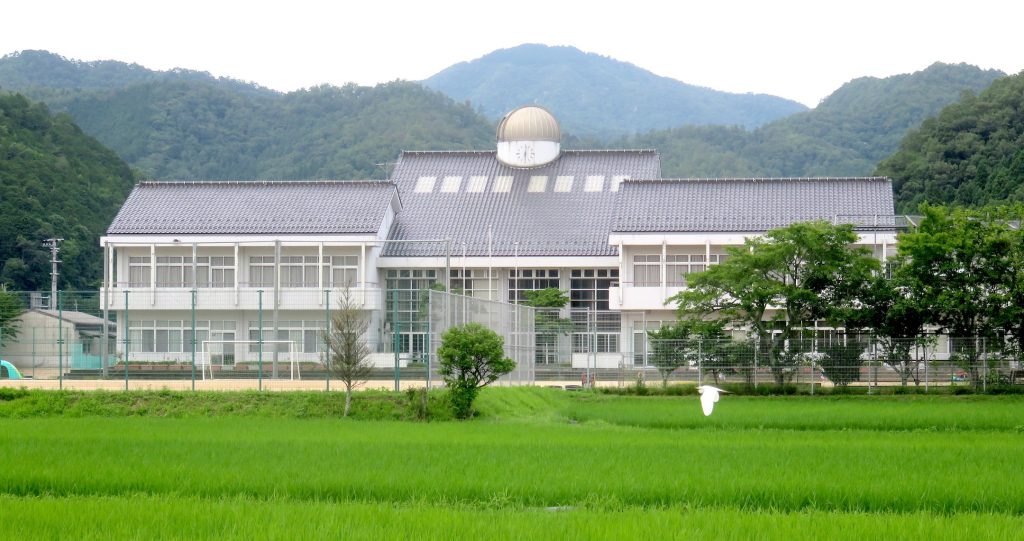
Looks like a decent place to store rice. Or soybeans. That dome is a good start on a silo.
[ This originated at the author's personal website . . . https://jdrachel.com ]
Life In Japan: School Lunch | John Rachel


